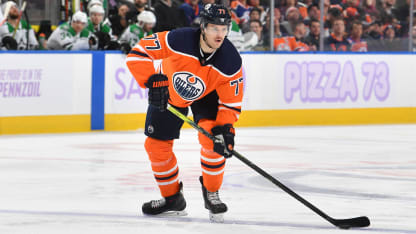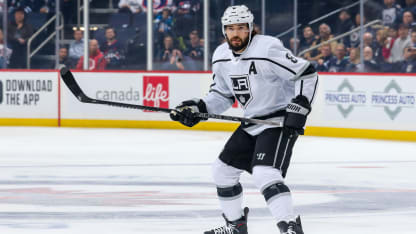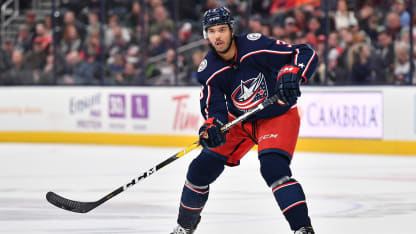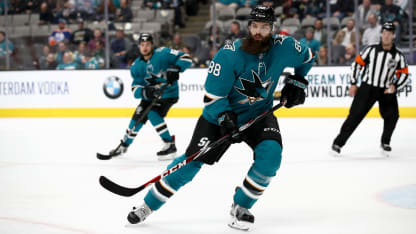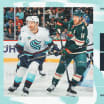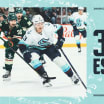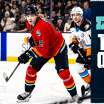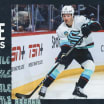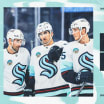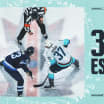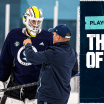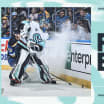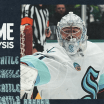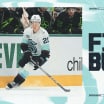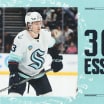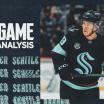Maybe some diehard hockey fans don't know Oscar Klefbom-or even which team he plays for-but Edmonton coach Dave Tippett is keenly aware.
Going into the weekend's slate of game, Klefbom leads the league in time on ice (TOI) per game with average of 25 minutes and 48 seconds. That statistic is important to coaches, including the man called "Tip" around the NHL Seattle offices where he worked last season as a senior hockey operations adviser.
"Ultimately, you look at your bench and you look at players you can put into a situation where they can help you win the most," said Tippett to EdmontonOilers.com's Tony Brar last week. "When [Klefbom} is on the ice that much, he must be doing some good things. That's what we think of him."
Time Management
Star NHL players get the most ice time per game, earning trust from coaches and providing a new way for fans to enjoy the sport
